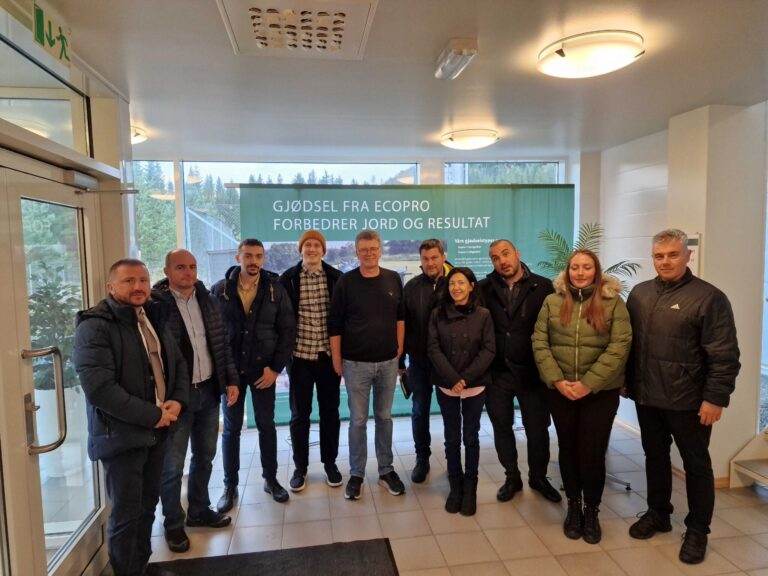As the world faces increasing environmental challenges, the transition to a green economy has become essential for businesses aiming to ensure long-term viability and competitiveness. This article explores strategies that businesses can adopt to navigate the green transition, emphasizing the benefits of sustainability and the steps necessary to implement green practices.
Understanding the Green Transition
The green transition involves shifting from traditional business practices that deplete resources and harm the environment to sustainable practices that support ecological balance, economic stability, and social well-being. For businesses, this means rethinking operations, supply chains, and products to minimize environmental impact and enhance sustainability.
Adopting Renewable Energy
One of the most impactful steps businesses can take is to adopt renewable energy sources. Transitioning to solar, wind, or hydropower reduces reliance on fossil fuels, cuts greenhouse gas emissions, and can lead to significant cost savings in the long term. Businesses can start by conducting energy audits to identify areas for improvement and investing in renewable energy technologies.
Enhancing Energy Efficiency
Improving energy efficiency is a practical way to reduce environmental impact while cutting operational costs. Businesses can implement energy-efficient lighting, heating, and cooling systems, and optimize manufacturing processes to reduce energy consumption. Regular maintenance and upgrading of equipment also play a crucial role in maintaining energy efficiency.
Embracing Sustainable Supply Chains
Sustainable supply chain management is essential for reducing environmental impact. Businesses can partner with suppliers who prioritize sustainability, ensure that raw materials are sourced responsibly, and minimize waste throughout the production process. Transparency and traceability in the supply chain can help build trust and ensure adherence to sustainability standards.
Implementing Circular Economy Practices
The circular economy model focuses on designing products for longevity, reusability, and recyclability, thus minimizing waste. Businesses can adopt practices such as using recycled materials, offering product take-back programs, and designing products that can be easily repaired or repurposed. These practices not only reduce waste but also create new business opportunities and enhance brand reputation.
Investing in Innovation
Innovation is at the heart of the green transition. Businesses can invest in research and development to create sustainable products and processes. Exploring new technologies, such as biodegradable materials, energy-efficient manufacturing techniques, and digital tools for sustainability management, can drive significant advancements in sustainability.
Engaging Employees and Stakeholders
Employee and stakeholder engagement is critical for the success of sustainability initiatives. Businesses should foster a culture of sustainability by providing training and resources to employees, encouraging sustainable practices in the workplace, and involving stakeholders in sustainability goals. Open communication and collaboration can drive collective action and commitment to sustainability.
Measuring and Reporting Progress
To ensure accountability and continuous improvement, businesses must measure and report their sustainability progress. Establishing key performance indicators (KPIs) and regularly assessing environmental impact helps track progress and identify areas for improvement. Transparent reporting builds trust with customers, investors, and other stakeholders, demonstrating a genuine commitment to sustainability.
In a nutshell
Navigating the green transition requires businesses to adopt comprehensive strategies that integrate sustainability into every aspect of their operations. By embracing renewable energy, enhancing energy efficiency, implementing sustainable supply chains, adopting circular economy practices, investing in innovation, engaging employees and stakeholders, and measuring progress, businesses can thrive in a sustainable future. The transition not only benefits the environment but also enhances competitiveness, resilience, and long-term success. Businesses that lead in sustainability will be well-positioned to navigate the challenges and opportunities of the green economy, contributing to a healthier planet and a prosperous future.





